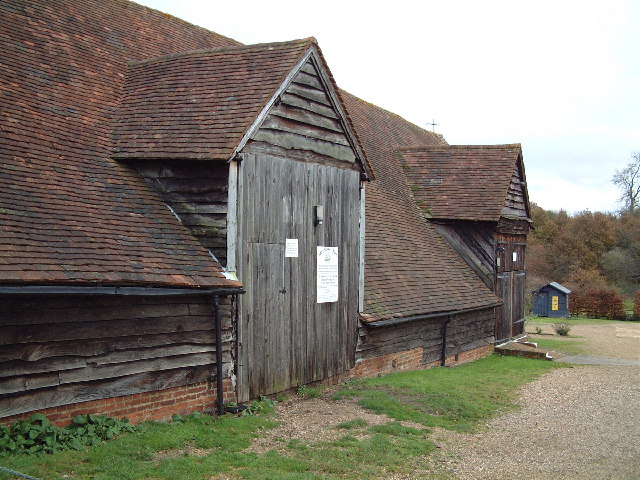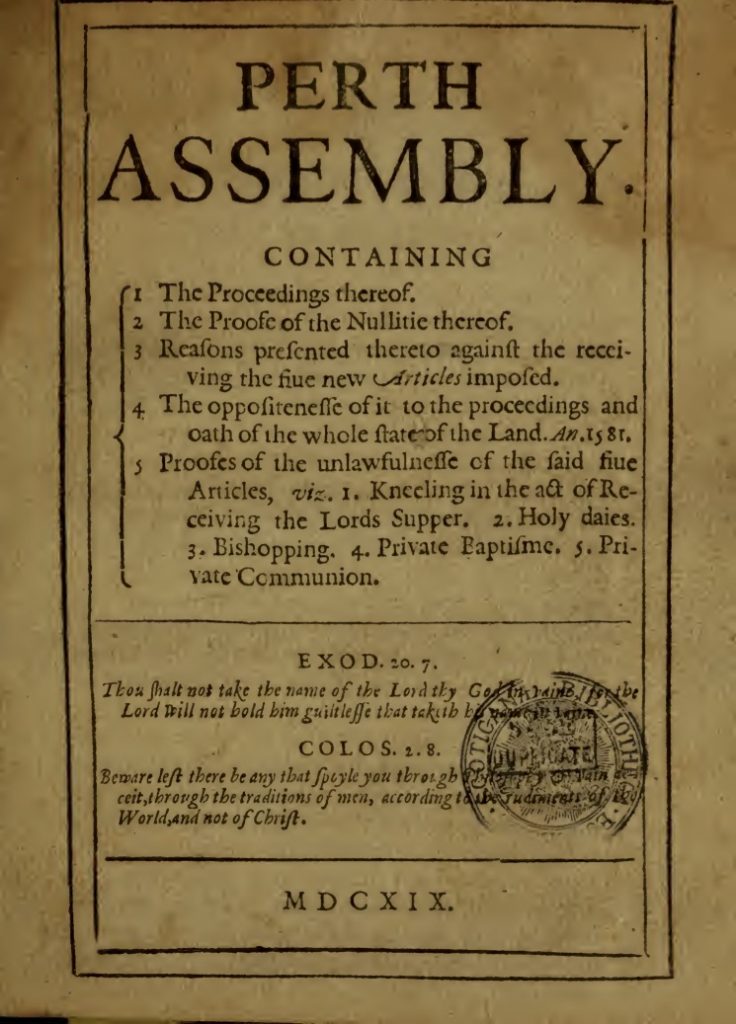About the Mayflower
by Paul Trask
We chose our cover artwork quite deliberately. In addition to being a beautiful painting, it has significant meaning for me personally, and for our ministry. I hope you will find the following information and explanation interesting.

The original resides in Edward Winslow’s former home in Plymouth,
which became the Mayflower House Museum in 1754.
The Mayflower: A Short History

CC BY-SA 2.0, Link
Mayflower was a popular name for sailing vessels in the early 1600’s, with at least 26 other ships bearing this same name. This particular Mayflower had a prior documented history of commercial use in Europe. But its 1620 voyage to America would be its last commercial venture. It was retired soon after its return to England, and was most likely dismantled by the Rotherhithe shipbreaker company around 1624. Tradition holds that surviving timbers from the ship were then used in the construction of what has come to be known as the Mayflower Barn at Jordans village in Buckinghamshire. A second Mayflower made several trips to Plymouth as well beginning in 1629.
My Ancestor, George Soule
In addition to its 30 member crew, there were 102 passengers on the Mayflower’s voyage to America. A significant number of these passengers were religious dissidents, Puritan Separatists, escaping religious and political tyranny in hope of establishing Liberty in the New World.

Among these religious dissidents was an ancestor of mine by the name of George Soule, who was listed as a servant to fellow Pilgrim Edward Winslow. Both George Soule and Edward Winslow had participated with Pilgrim William Brewster in the publication of the book Perth Assembly, which was critical of the Crown for endeavoring to use the force of law to coerce the (Presbyterian) Church of Scotland to adopt practices of the (Episcopal) Church of England. The goal was to subordinate the Church of Scotland and integrate it with the Church of England. Having challenged the Crown, this book was seen as treasonous, and as a result, it had to be smuggled into Scotland in wine vats.
The publication of Perth Assembly had angered King James I of England, and so he put a price on the heads of those responsible. They were now on the run and in fear for their lives. It was this fear that drove these Pilgrims across the ocean to seek refuge in the New World.